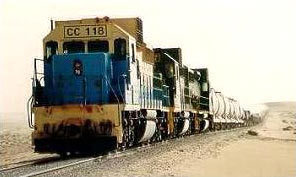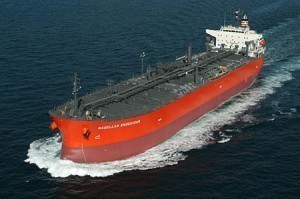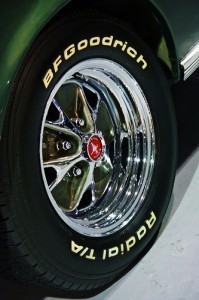What is the Longest Train in the World?
Comprised of a series of vehicles connected to each other, a train moves along a  permanent way called track. Its basic purpose is to transport passengers or freight from one specific point to another. Some of the materials used to power rail transport are electricity and diesel locomotives. Aside from these, gas turbines, pneumatics and gravity can also be used. In addition to these facts, it is also interesting to find out something about the longest train in the world.
permanent way called track. Its basic purpose is to transport passengers or freight from one specific point to another. Some of the materials used to power rail transport are electricity and diesel locomotives. Aside from these, gas turbines, pneumatics and gravity can also be used. In addition to these facts, it is also interesting to find out something about the longest train in the world.
The Longest Train in the World
What is the longest train in the world? The longest train in the world is the iron-ore train traveling between the town of Nouadhibou and the town of Zouerate, both of which are part of the northwestern African country called Mauritania. It measures approximately 3 kilometers long. A one-way travel usually takes more or less 12 hours to complete, covering a distance of about 700 kilometers.
On June 21, 2001, BHP Billiton performed a special test run on one of its trains. It used eight diesel-electric locomotives to pull a total 682 wagons, which measured 7.35 kilometers long. The test was performed on a railway towards Port Hedland, which is Western Australia’s largest town.
Additional Facts and Other Interesting Details
One of the longest trains in the world can be found in Australia, which is an iron-ore train comprised of three locomotives. Operated by the Rio Tinto Group, it measures 2.4 kilometers long, weighing approximately 29,500 tons. The iron-ore mining company called Fortescue Metals Group also operates a very long train, the weight of which is approximately 32,320 tons.
Aside from this, there is also an iron-ore train operated by the mining company BHP Billiton. It measures close to 3 kilometers long, complete with intermediate remote units, several locomotives and approximately 312 cars. In terms of weight, it measures close to 37,440 tons. In Brazil, Carajas Railway operates a train that is 2.1 kilometers long. It weighs approximately 23,000 tons.
For the past few years, special test runs were conducted in an effort to increase the length as well as the efficiency of trains. In April 1991, an electric locomotive was tested on the Gent-Oostende line in Belgium. The test involved a total 70 passenger cars, which measured 1.73 kilometers long and weighed 2,786 tons. This event was part of a special charity run, the proceeds of which were given to the Belgian Cancer Fund.
In February 1989, a passenger train was tested on the Kijfhoek-Breda line in the Netherlands. This publicity stunt was conducted in an effort to break the record for the longest passenger train worldwide. Made up of 60 passenger cars, a 1500 V DC locomotive was utilized to pull it all throughout the test run.





